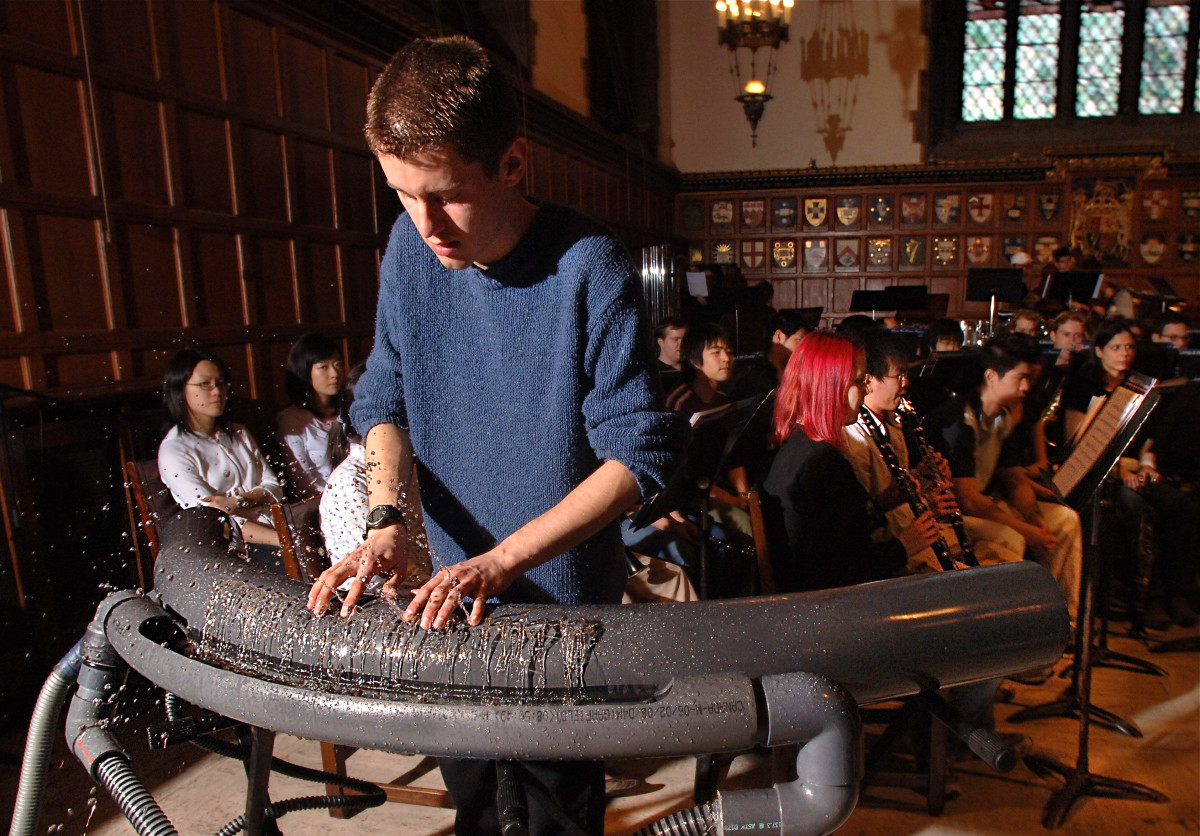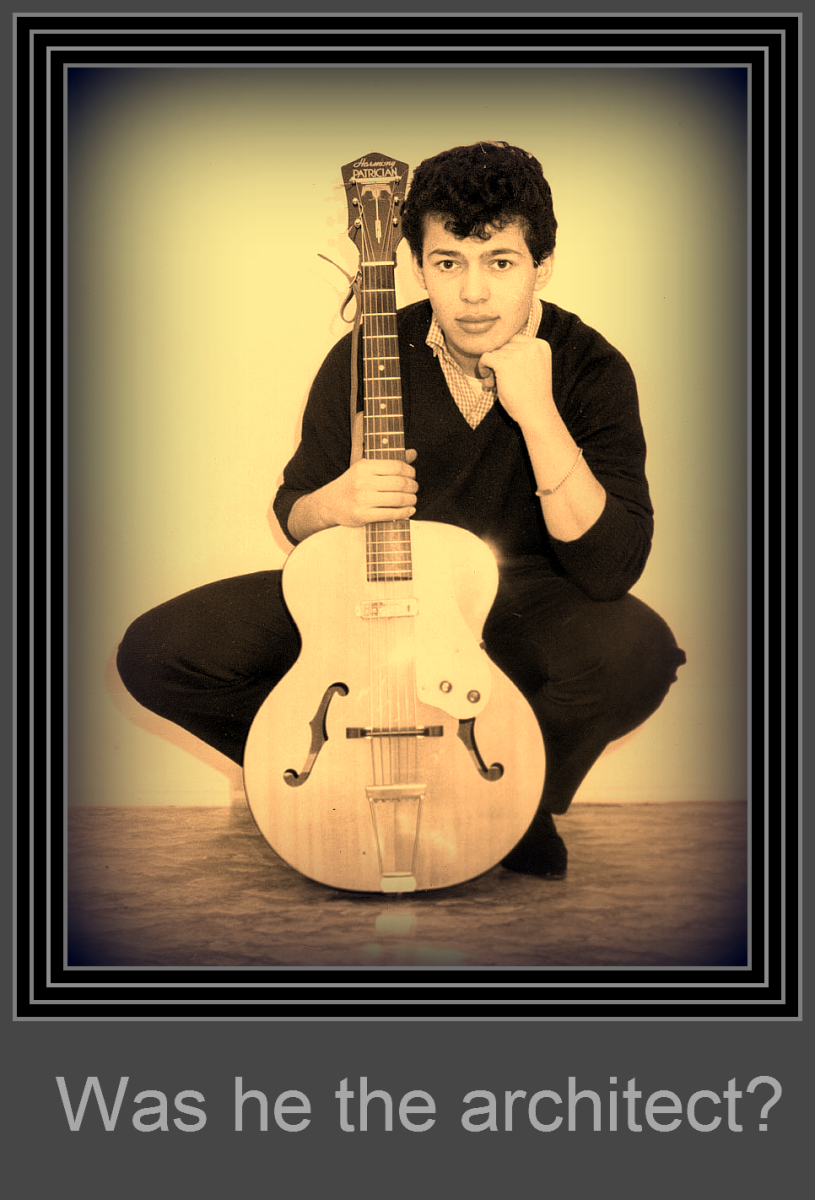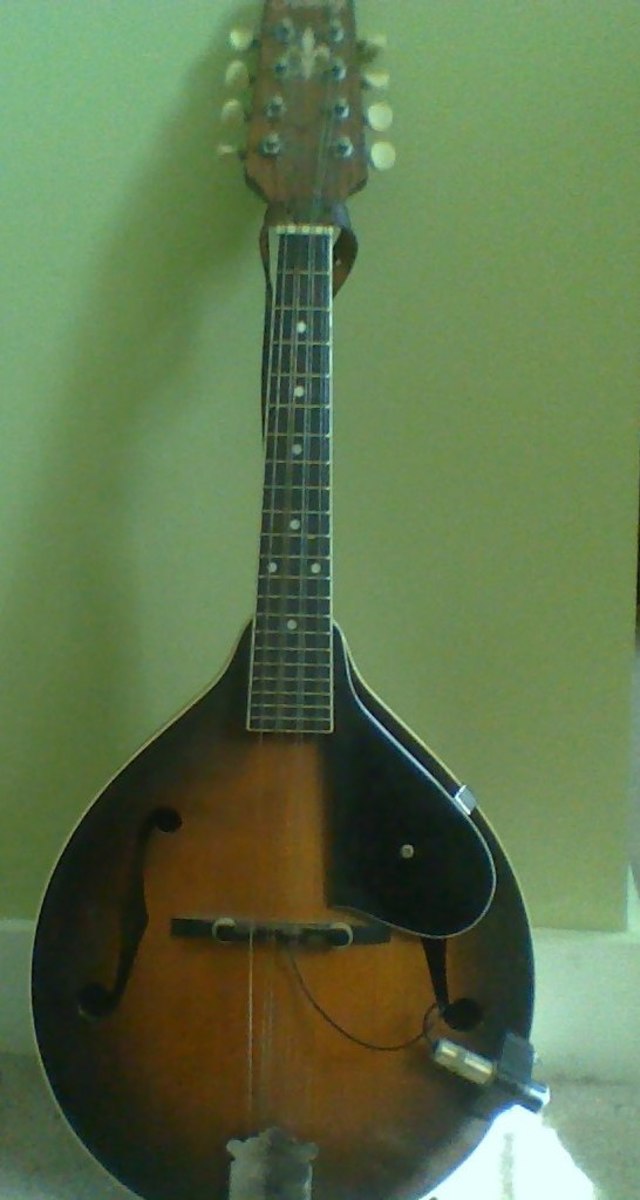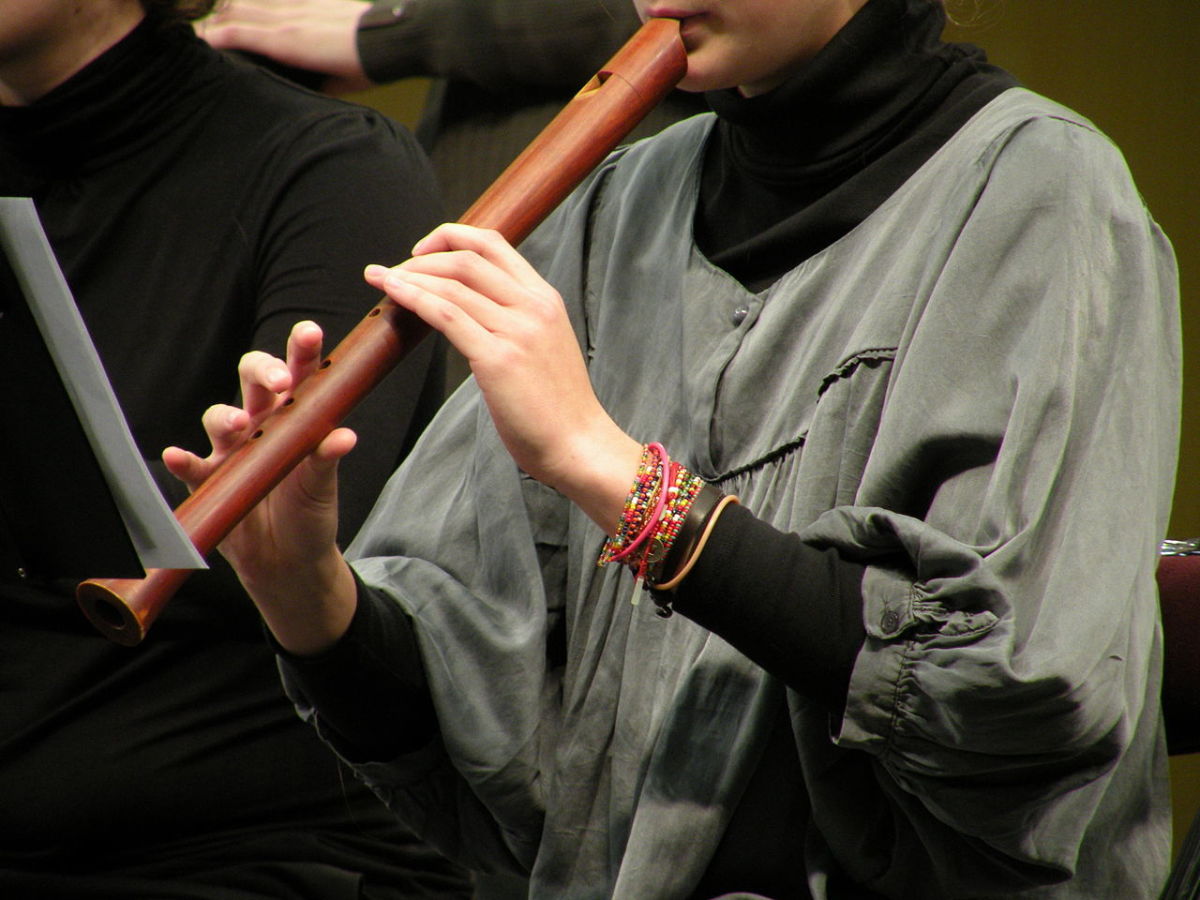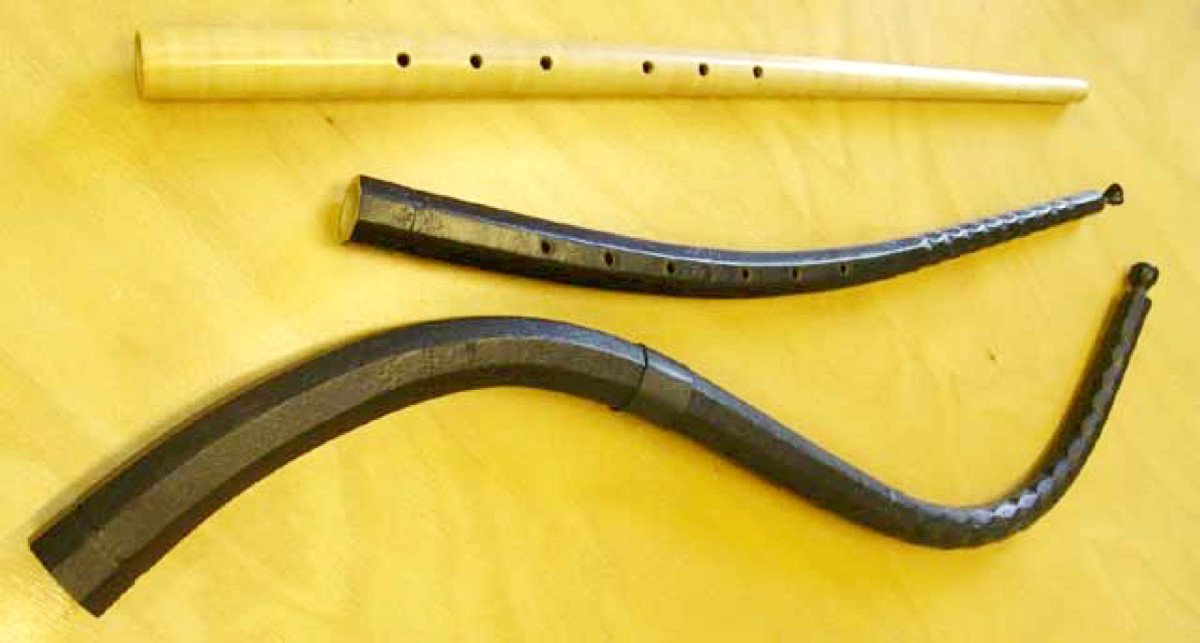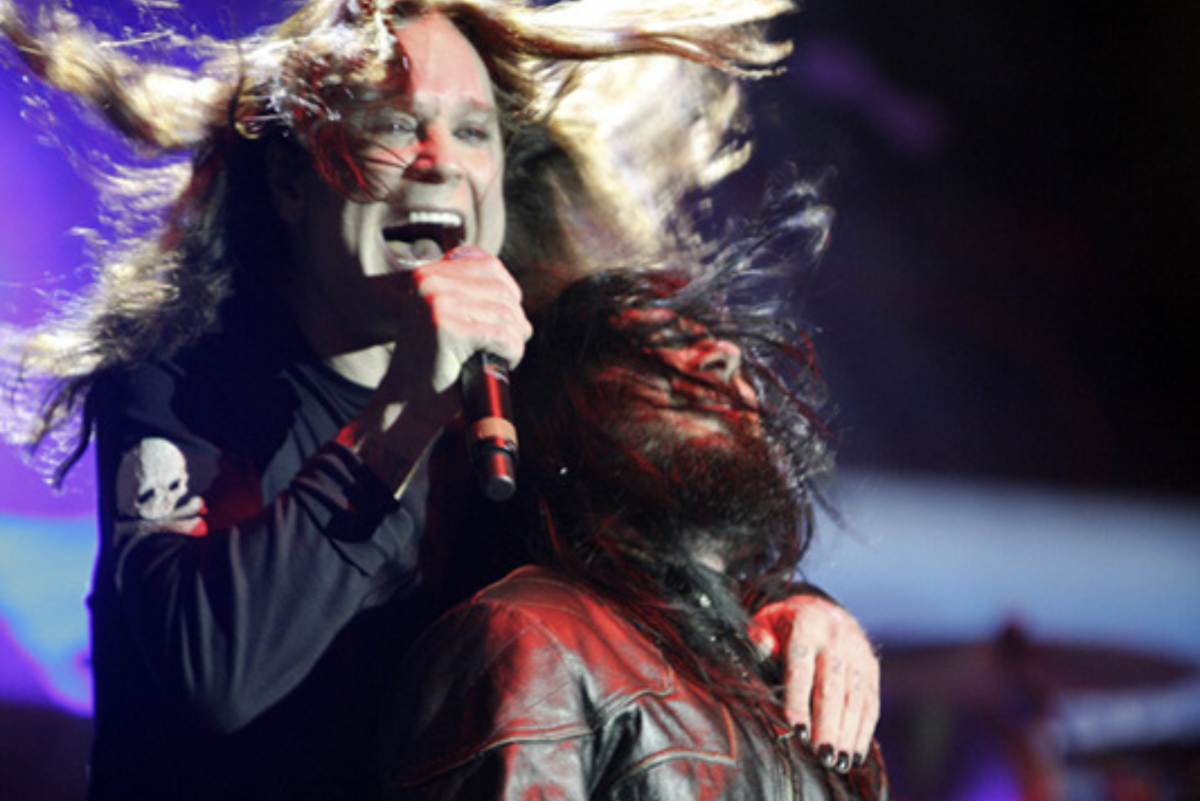The Calliope: Just Blowing Off Steam
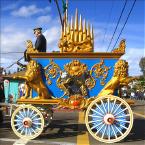
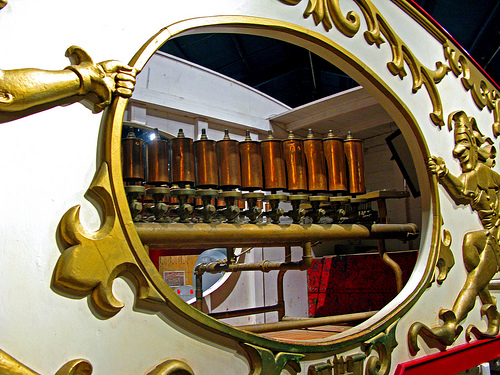
Steam Calliope on the paddle-wheeler Natchez in New Orleans

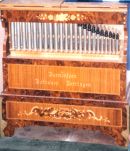
Delta Queen Calliope Music
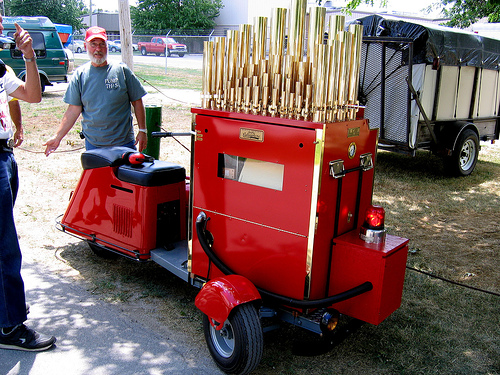
A Calliope By Any other Name...
Anyone that has heard a steam calliope has got to wonder how in the hell the calliope got its name? After all, the instrument's named after the Greek mythology goddess: Calliope. The daughter of Zeus, who was incharge of the Muses and the mother of Orpheus. The name Calliope, in Greek, means "beautiful voiced," which may be a stretch if you have heard a steam organ being played. A colliope is loud there is no getting around that, even the small calliopes produce a sound that can travel for up to 12 miles. But "beautiful voiced" may not be exactly the right name for this..er..umm..instrument. Unless of course you are one of the people who really love the sound of the calliope. That's pronounced "kally-ope" by some circus folk, but to many others it's usually pronounced “kal-eye-o-pee."
Pronounce it however you like. You can even call it a steam piano or a steam organ, but let that American heart swell with pride. Because the calliope is an American invention. That's right we can blame the Scots for the gift of the bagpipes, but the good ol' U.S. gave the world the steam piano.
The calliope is a musical instrument that produces sound by sending steam through whistles... originally locomotive whistles were used. The steam organ has been often played on riverboats and in circuses. The calliope was sometimes mounted on a carved, painted horse-drawn wagon in a circus parade for the reason that the sound would carry for miles and miles. Attracting attention to the town's people that the circus was in town.
The showboat "New Sensation" reintroduced the calliope, after the Civil War, in 1877. "The Excelsior", was the first western steamboat to have a calliope on the Mississippi River. Some do claim that the Union got the first steam piano in 1858. The famous "Delta Queen" in 1960 received the first calliope with a remote keyboard, that was located a safe distance from the whistles. It was installed by the famous Commodore E. J. Quimby, who found a calliope salvaged from the showboat "Water Queen." Many of the calliopes you still find today on several boats were built by Thomas J. Nichol of Cincinnati, Ohio in the late 19th and early 20th century. The "Delta Queen's" calliope is one of the Thomas J. Nichol's steam pianos.
Around the 1900s, calliopes began using music rolls, a la player piano style, instead of a live musician. Many of these mechanical calliopes retained keyboards, allowing a live musician to play them if needed. During this time, safer compressed air, replace steam as the fuel to produce sound.
Most of the calliopes had disappeared in the mid-20th century, as steam power was replaced with compressed air. That left little or no support to keep the boilers running. Only about 13 of these steam calliopes have survived, and they are rarely played.
David Morecraft pioneered a resurgence in the building of authentic steam calliopes of the Thomas J. Nichol style beginning in 1985 in Peru, Indiana; which is still in business today. David is the last authentic commercial steam calliope builder in the world. These calliopes are featured in Peru, Indiana's annual Circus City Parade.
In 2002, Tom Waits released "Blood Money" which features a track written for trumpets and calliope.
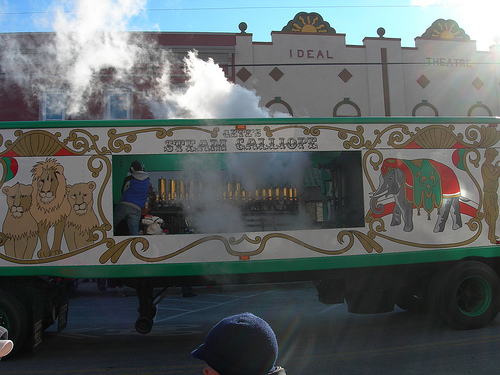
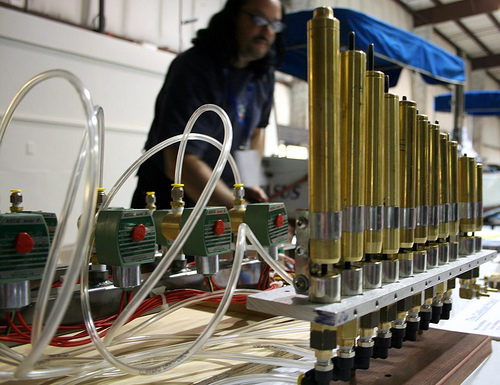
Calliope Music

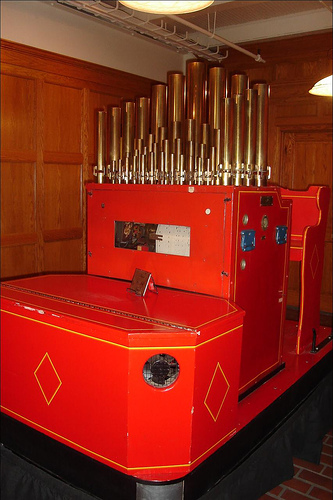
Joshua C. Stoddard, the Evil Genius
Patented on October 9, 1855, the calliope was based on another concept called a "steam trumpet," a melodious little instrument, later known as the train whistle. The calliope's inventor, Joshua C. Stoddard of Worcester, Massachusetts had originally intended the calliope to replace bells at churches, but because of how loud it was...the steam organ found its way onto riverboats during the paddlewheel era. And later to the showboats of the lower Mississippi River and the circus.
Stoddard's original calliope was attached to a metal roller set with pins in a manner familiar to a clockwork music box. The pins on the roller opened the valves which let steam into the whistles. Later, Stoddard replaced the cylinder with a keyboard, so that the calliope could be played like an organ.
The "Floating Palace" was sailed by the Spaulding and Rogers North American Circus was the first to introduce the calliope on a show boat. Not only did the instrument attract an amazed audience, but the calliope also outperformed the bands of competing boats simply because it was much louder.
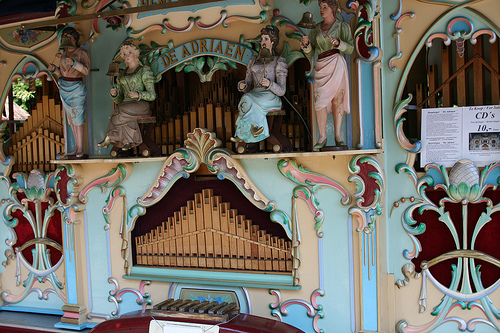
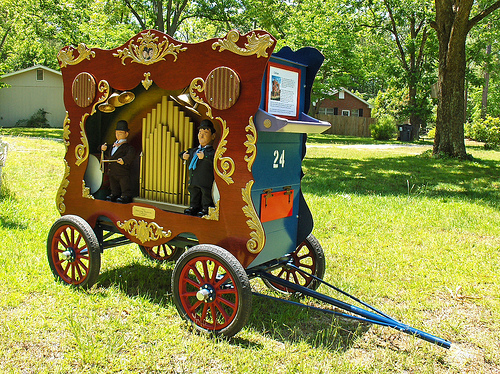
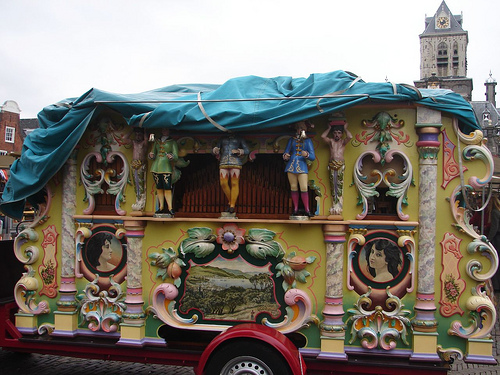

Sweet Music
There are only 14 working calliopes in existence today. Calliopes are as much a part of Mississippi River lore as the paddle wheels they adorn. In their glory days, calliopists were brave hardy souls. They had to live through blistering hot, hard to push keys, and sadistic boiling water, with blasts of steam, spewing blazing embers from the smokestack. The instruments were deafening, and hard to master. Someone described playing the calliope, "like a piano that you wrestle."
Today's modern calliopes are like Cadillacs, with electric valves and ivory keys. Since they new calliopes are powered by compressed air...you get to miss out on being showered with soot. A modern calliope can still be heard playing "Oh, Susanna." "Camptown Races," and 'My Old Kentucky Home " up to 8 miles away. Today's calliope can still make a stirring rendition of "Take Me Out to the Ballgame" sound like a drunken sailor's song... Harry Caray is probably looking down from the heavens with a slight tear rolling down from one of his blood shot eyes.
"It's such a rare instrument, that when people hear it, you see looks of delight on their faces," says Jazzou Jones, calliopist and steamboat director on the Delta Queen. Jazzou has admitted to being threatened with a lawsuit in Pittsburgh, due to their a noise ordinance.
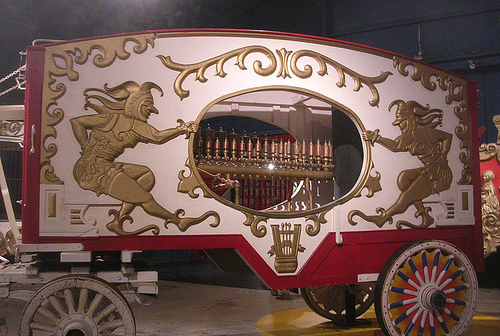
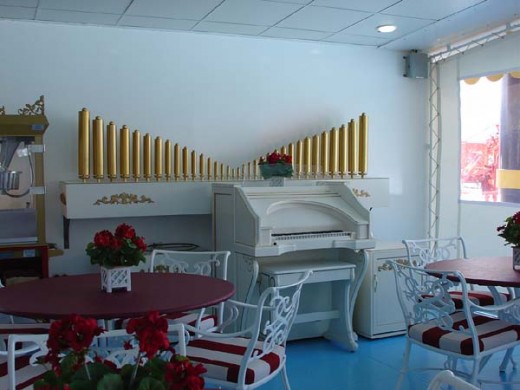
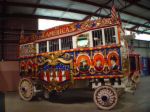
Indiana University Steam Calliope
Steam Calliopes The Tell All
“After that came the climax and the finale. This was the loudest monster of all. It shook the windows and deafened the ears. It bellowed black smoke that choked the throat and burned the eyes. This was no earthshaking dragon, but, rather, the steam calliope. Inside the ornate wagon a calliope player was swathed in a cloud of steam as the thirty-two whistles of his steam-powered mechanical musical monster sounded off. He operated a keyboard which activated a series of tuned whistles, each as big and loud as the one on a firehouse or a steamboat.
It played awful music. It was too loud for comfort and, despite the fact that its manipulator was as much a plumber as musician, one never found a calliope with all whistles in tune at one time. The back end of a calliope wagon contained the upright boiler and an attendant kept it stoked with coal or wood so there was plenty of pressure whenever the player decided to render “Over the Waves” or “Go Tell Aunt Rhody.” The raucous hoots and toots of the calliope served like the pipes of Pan. Inevitably, people fell in behind it and followed the show to the circus grounds.”
...fromThe Circus in America, by Charles Philip Fox and Tom Parkinson.

